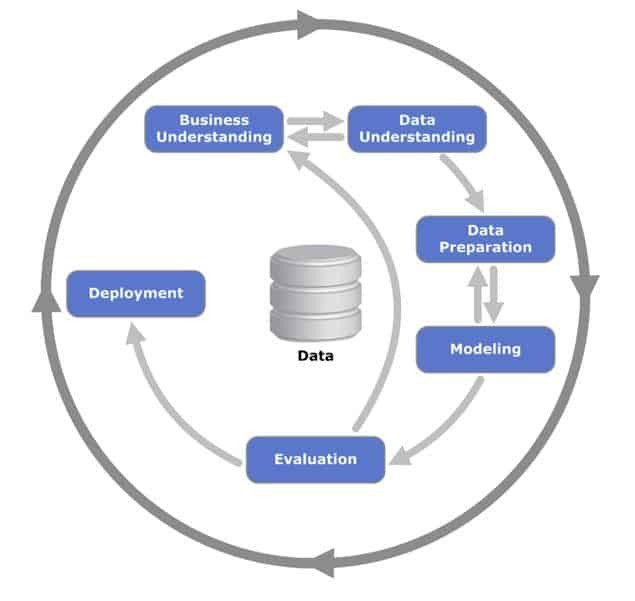Deployment and implementation: Even if the goal of the model is to have a simple discovery of the data, the knowledge obtained from this discovery must be organized and presented in a way that the end user can use it. The deployment phase includes repair, maintenance, and monitoring activities to prevent problems during the operational phase (or post-project phase). Because everything about business is constantly changing, the data that reflects business activities is also changing. Over time, old models and data may become outdated, irrelevant, or misleading. Monitoring and maintenance of models is very important.


